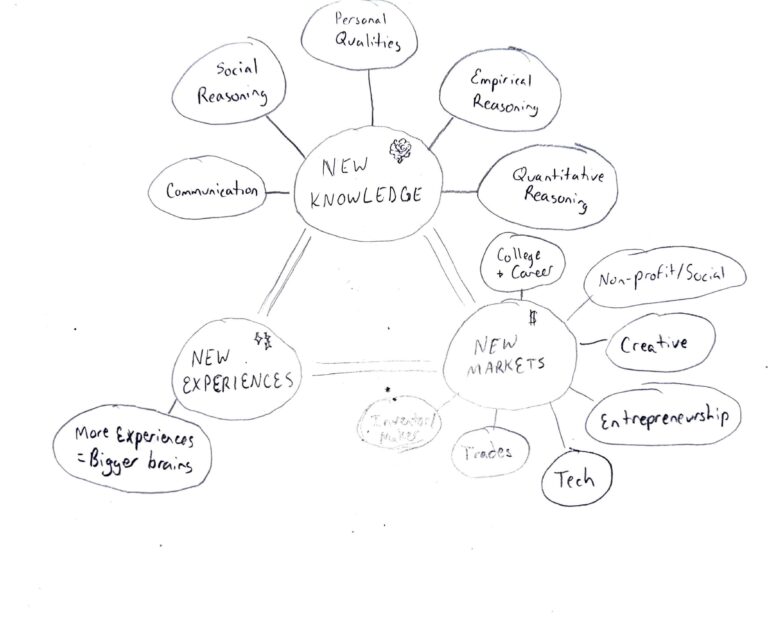
There is an educational program called big picture learning that encapsulates knowledge by core competencies instead of subjects allowing a far greater flexibility in what students can learn while retaining the core principles of what core subjects such as math, language arts, history, science, etc seek to instill in young people.
There are 5 core competencies students can design curiosity-based projects around
Each of these core competencies is then assessed on a scale from: Emerging → Exploring → Engaged → Empowered (rarely do students get empowered as it involves engagement in community).
Takeaway from Big Picture Learning:
Summary of Part 1
Summary of Part 2
Summary of Part 3
Thanks for reading. On this blog we will continue to explore the strategies and tools that help students learn faster, navigate the transition from childhood to adulthood and become lifelong learners.